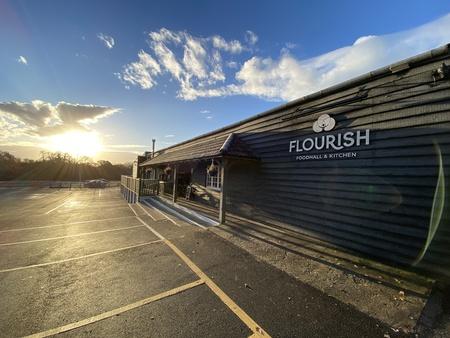In case you missed it see what’s in this section
Let's Talk
The Ancient Origins of Bathhouses
Spa culture has taken on various forms over the years throughout the modern world. From steam rooms to hot baths, saunas and hot springs, heat-related relaxation has become a top attraction in many destinations.
However, the practice of relaxing toxins via the use of heat dates back to the Neothilic Age. Records show that vessels were used to transport water and then were boiled and heated on hot stones; this was essentially the birth of the first bath. Bathing has played an integral part in human history. For many, it was the only place to have a good rinse after a tiring week or manual labour and the bath even became a primary place to meet people and socialise.
Ancient Romans and the Public Bath
In around 300 BC that the Romans adopted the idea of public bathing and brought the bathing experience to a new level. They were the first to construct large scale spa facilities which were used by hundreds of bathers every day. The Romans may have invaded Britain in 43 AD but by 72 AD, they were building a religious spa complex and adding to the shrine built in Bath by the Iron Age tribe known as Dobunni. These later developed into the socialising and bathing centre known as Aquae Sulis, which literally translates to"the waters of Sulis". Elsewhere in Rome, it is reported that the number of public and private baths rose from 170 in 33 BC to 937 by the end of the 4th Century AD. As one Roman Emperor is supposed to have answered when asked why he bathes once a day, "Because I do not have the time to bathe twice a day!"
Cleanliness, Egyptians and the Afterlife
Ancient Egyptians believed that staying clean helped them satisfy the gods and made it easier to enter the afterlife. Cleopatra, Queen of Ancient Egypt is said to have taken baths in donkey milk to preserve her youth and beauty. Other stories revolving around Cleopatra can be found accompanying the Cleopatra online slot, which features the Queen herself as the wild symbol as well as the eye of hors and a sphinx as other game symbols. For regular folk, numerous bath houses were built during the reign of Ptolemais, which contained separate areas for women and men. It wasn't until around the first century CE that the Ancient Egyptians began to build Roman style bathhouses with numerous rooms and heated water of varying temperature.
The Greeks
The Greek people on the mainland appreciated the healing properties and other benefits of hot water. Ancient Greeks very quickly learned that they could profit from providing bathing services and in around 6 BC, bathhouses were built in and around the major cities. Known for their logical thinking, Ancient Greeks often constructed their facilities next to gymnasiums and the palaestra where people took part in different sports and games. Interestingly enough, the Greeks allegedly used cold and then hot water when bathing, which was in contrast with the Romans who did it the other way around. One Andanian inscription claims that it cost around 2 chalkoi (¼ obol) to use a public bath.
What a Shower
In the busy modern world, we often find ourselves too busy to take a bath. Indeed, many of us are lucky if we can manage a 30-second hot shower in the morning before work. However, it's always a nice treat if we get the chance to take the Radox out of the cupboard and enjoying a long, relaxing soak. So, next time you're enjoying a steaming hot bath, think of the Romans. Or something like that.

Weather in Bath
Listings


















